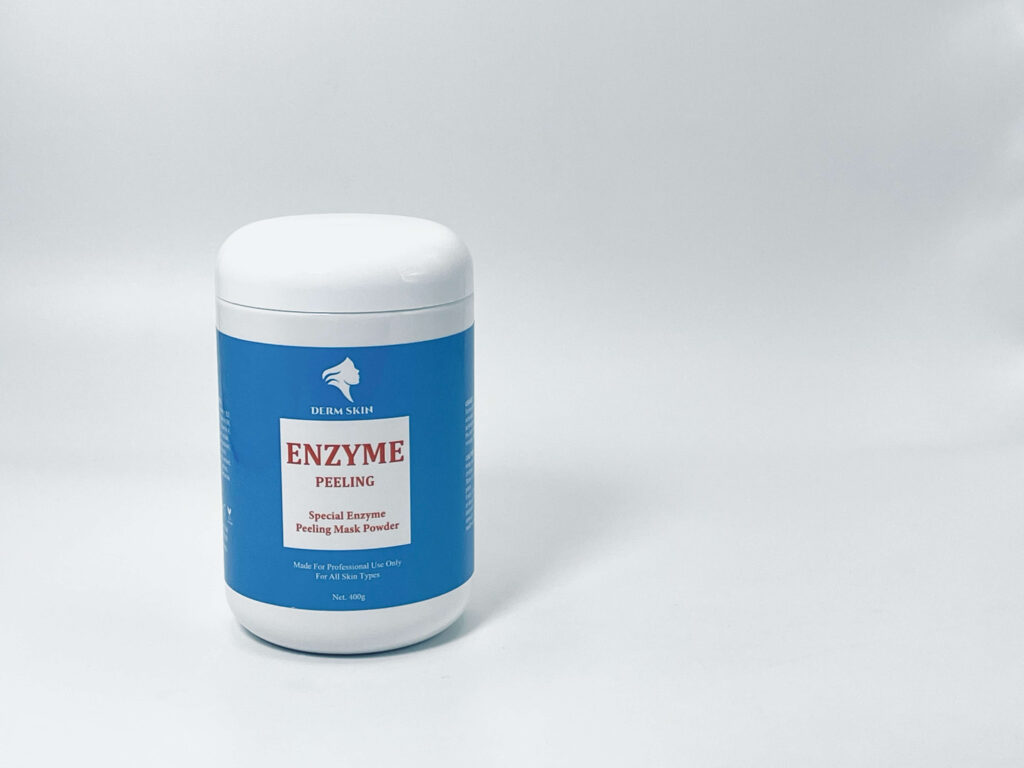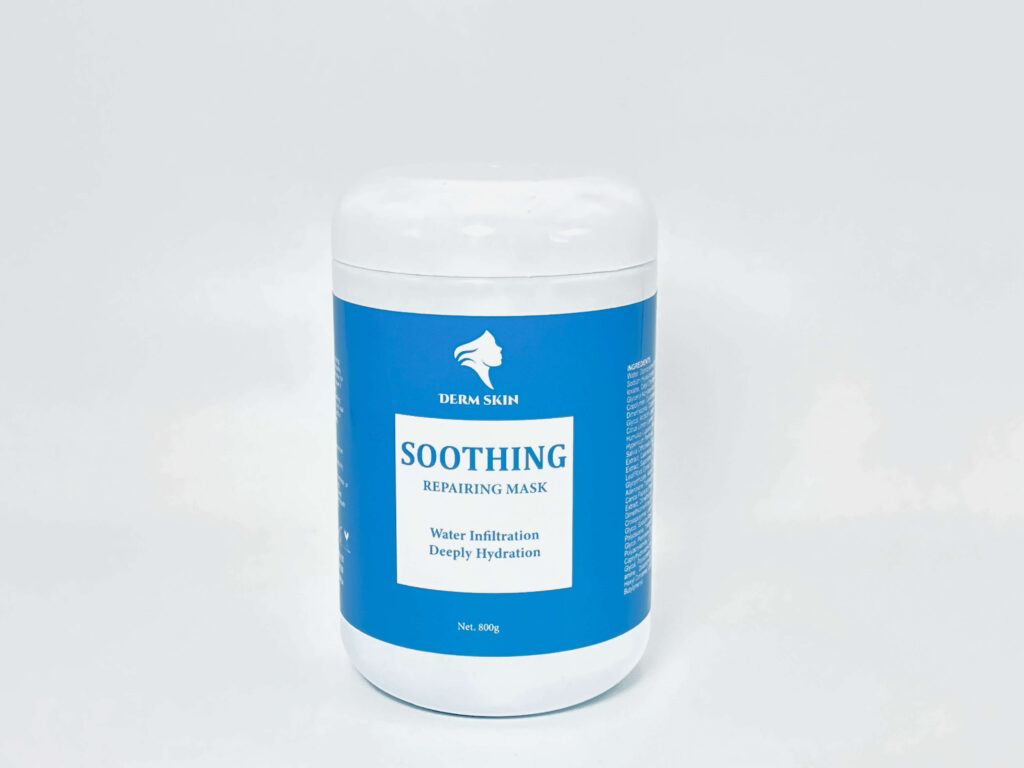1. Introduction
Facial cleansers are the cornerstone of any effective skincare routine. More than just a way to remove makeup or dirt, a proper cleanser prepares the skin to absorb active ingredients, maintains the skin’s protective barrier, and balances oil production. Whether in professional settings or home care, choosing the right cleanser is fundamental for healthy, radiant skin.
2. How Cleansers Work
Cleansers function through surfactants—molecules that attract both water and oil—allowing them to lift away impurities, sebum, sweat, and environmental pollutants from the skin’s surface.
Types of Cleansers by Mechanism:
Foaming Cleansers: Create lather using surfactants; ideal for oily or acne-prone skin
Cream or Milk Cleansers: Emulsify dirt without stripping oils; suitable for dry or sensitive skin
Gel Cleansers: Lightweight, often formulated for combination or oily skin
Oil-Based Cleansers: Dissolve makeup and sunscreen; used in double-cleansing routines
Micellar Water: Contains micelles that trap and remove debris without rinsing
3. Benefits of Using the Right Cleanser
3.1 Skin Purification
Removes pollutants, dirt, and excess sebum
Prevents clogged pores and breakouts
Prepares skin for next steps in skincare
3.2 Barrier Support
Maintains skin’s natural pH (around 5.5)
Prevents transepidermal water loss
Minimizes irritation and dryness
3.3 Enhanced Product Efficacy
Improves absorption of serums and treatments
Increases effectiveness of active ingredients
Balances skin for better texture and tone
4. Types of Facial Cleansers
4.1 By Skin Type
| Skin Type | Recommended Cleanser Type |
|---|---|
| Oily/Acne-Prone | Gel or Foaming cleanser with salicylic acid or tea tree |
| Dry/Dehydrated | Cream or milk cleanser with hyaluronic acid or ceramides |
| Sensitive | Fragrance-free, low-pH gel or lotion cleanser |
| Combination | Gentle foaming cleanser with hydrating ingredients |
| Mature | Creamy or balm cleanser with peptides or nourishing oils |
4.2 By Function
Anti-Acne: With BHA (salicylic acid), zinc, or niacinamide
Brightening: Contain vitamin C or mild exfoliants
Hydrating: With glycerin, aloe vera, or panthenol
Soothing: Contain chamomile, allantoin, or centella asiatica
5. Cleansing in Professional Treatments
In salon or clinical settings, the cleansing step is elevated with:
Double Cleansing: Oil-based followed by water-based cleanser
Pre-treatment Cleansers: Enzyme or acid-based to prep skin for peels or devices
Massage Cleansing: Stimulates blood flow and lymphatic drainage
6. Possible Side Effects of Incorrect Cleansing
Using the wrong cleanser or over-cleansing may lead to:
Stripping of natural oils
Disruption of skin pH
Increased sensitivity or inflammation
Breakouts due to residue or clogging
Note: It’s crucial to avoid harsh sulfates, high-pH cleansers, and excessive cleansing routines.
7. Best Practices for Cleansing
7.1 Morning Routine
Gentle cleanse to remove sweat and overnight oils
Ideal for prepping skin for SPF and active serums
7.2 Evening Routine
Essential to remove sunscreen, makeup, and pollution
Double cleansing recommended for those using heavy makeup or SPF
7.3 Technique Tips
Use lukewarm water (not hot)
Massage for 30–60 seconds for optimal cleansing
Pat dry—avoid rubbing with towels
8. Frequency of Use
Twice daily: For most skin types
Once daily: For extremely dry or sensitive skin
More than twice: Only under professional instruction (e.g., post-gym, heavy sweating)
9. Results and Expectations
Clearer, smoother skin within days
Reduction in breakouts and oiliness with consistent use
Brighter complexion and better absorption of other skincare products
10. Conclusion
Facial cleansing is not just a basic hygiene step—it’s the foundation of every successful skincare journey. Choosing the right cleanser for your skin type ensures a balanced, healthy complexion and maximizes the efficacy of treatments that follow.
At DermSkin, we offer clinical-grade cleansers tailored for professionals and sensitive skin alike—formulated with Korean innovation and dermatological care.



